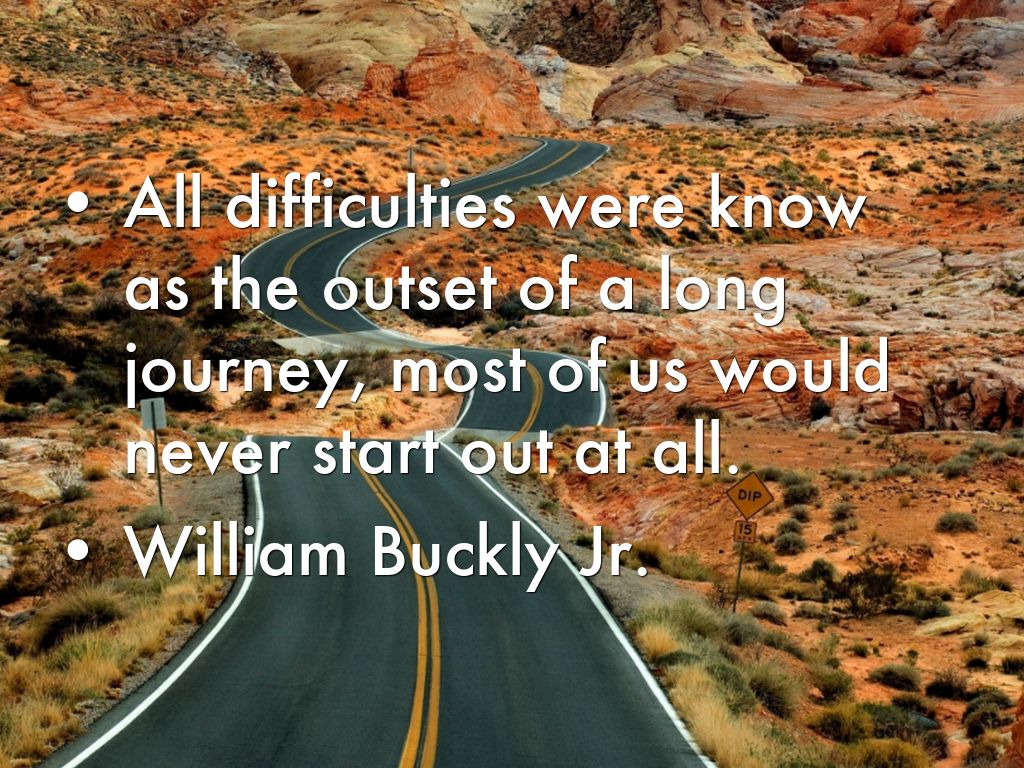Education
No Description
MORE DECKS TO EXPLORE
PRESENTATION OUTLINE
EDUCATION IN 1850s
Photo by Robert Cutts (pandrcutts)
PURPOSE
- The reformers/teachers wanted the people to get smarter so the environment would be better.
- They wanted there education to grow bigger.
Photo by C. VanHook (vanhookc)
GOALS/ACHIEVEMENTS
- A major reform movement that won widespread support was the effort to make education available to more children.
- The man who led this movement was Horace Mann.
- The kids that didn't go to school were destroying property,and set fire reformers believed that education would help these children escape poverty and become go citizens.
Photo by ROSS HONG KONG
PRIMARY SOURCE
- Maria Montessori she was the one that put different age groups into the same classroom.
- Developed the idea of smaller chairs for small children.
- Montessori materials are rods, boxes and wooden cubes, for learning about the decimal system and other math concepts.
- "Do not tell them how to do it. show the how to do it and do not say a word. If you tell them, they will watch your lips move. If you show them they will to do it themselves."
Photo by archer10 (Dennis) 89M Views
PRIMARY SOURCE
- Francis Parker
- Pioneer of the progressive school movement
- Developed the Quincy Method eliminated harsh discipline and de-emphasized rote memorization, replacing them with elements of progressive education, such as group activities.
- " work is the greatest means of education. To train children to work, to work systematically. To love work, and to put their brains into work, may be called the end and aim of schools. In education, no work should be done for of the sake of the thing done, but for the sake of the thing done, but for the sake of the growing mind."
ADDITIONAL INFORMATION
- There was a thing that the teachers made them do it was called "toeing the line" it was a practice of making children stand at a line on the floor when reciting their lesson.
- By fifth grade they were reading material T level which is today considered college level.
Photo by Karolina vslo










